Filter News
Area of Research
News Type
Media Contacts
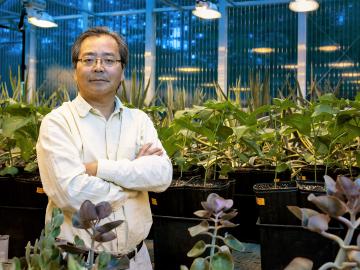
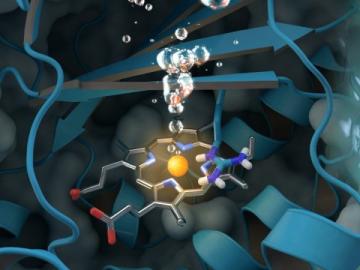
A new study sheds light on a unique enzyme that could provide an eco-friendly treatment for chlorite-contaminated water supplies and improve water quality worldwide. An international team of researchers led by Christian Obinger from the University of Vienna used neutron analys...
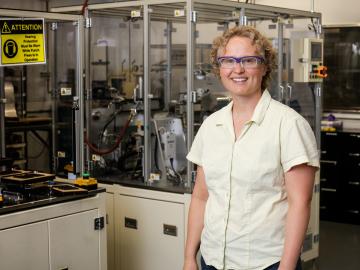
In the quest for better batteries, Rose Ruther has found that the positives nearly always outweigh the negatives, and that’s what keeps her coming back to the lab. Ruther works on novel materials to create batteries with higher energy density at a lower cost as part of the Roll to Roll Manufactur...

Inspired by her computer science studies and the possibilities of 3D-printing, intern Elizabeth Yeoh-Wang found a way to combine those pursuits as she worked on a software project at the Manufacturing Demonstration Facility (MDF) at Oak Ridge National Laboratory (ORNL) last summer. Elizabeth, a r...

Interdisciplinary work has been a hallmark of Julie Mitchell’s career, and it is a strength she expects to leverage in helping solve some big science challenges as she steps into the role of Deputy Director of the Biosciences Division at Oak Ridge National Laboratory (ORNL). Mitchell will support...
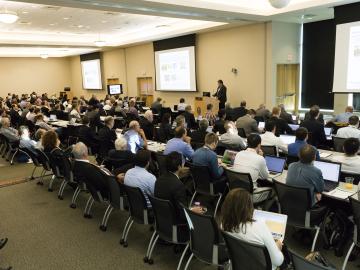
The third annual Molten Salt Reactor Workshop allowed leading voices on advanced reactors—including scientists from the national laboratory system, the Nuclear Regulatory Commission, reactor design firms and universities—to discuss current efforts in molten salt reactor work and pu...
It’s common knowledge that driving aggressively can dent gas mileage, but it’s difficult to determine exactly how much gas drivers waste. A new study by researchers at the Department of Energy’s Oak Ridge National Laboratory has quantified the impact speeding and slamming on the brakes has on fuel economy and consumption. They found that aggressive behavior behind the wheel can lower gas mileage in light-duty vehicles by about 10 to 40 percent in stop-and-go traffic and roughly 15 to 30 percent at highway speeds. This can equate to losing about $0.25 to $1 per gallon.
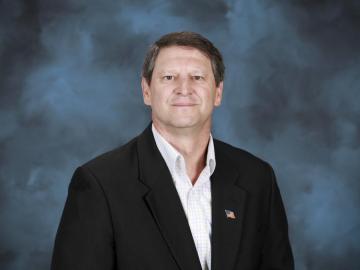
Richard “Rick” Raines has been on the forefront of protecting critical communications systems from attack since before the term “cyber” was in vogue, and he is bringing that leadership to bear as he takes on the role of director for the Electrical and Electronics Systems Research Division (EESRD) at...
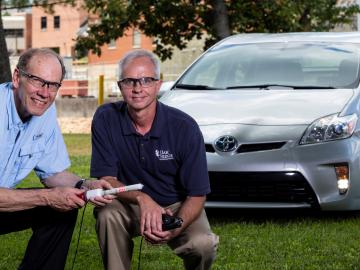

After more than a year of operation at the Department of Energy’s (DOE’s) Oak Ridge National Laboratory (ORNL), the COHERENT experiment, using the world’s smallest neutrino detector, has found a big fingerprint of the elusive, electrically neutral particles that interact only weakly with matter.




